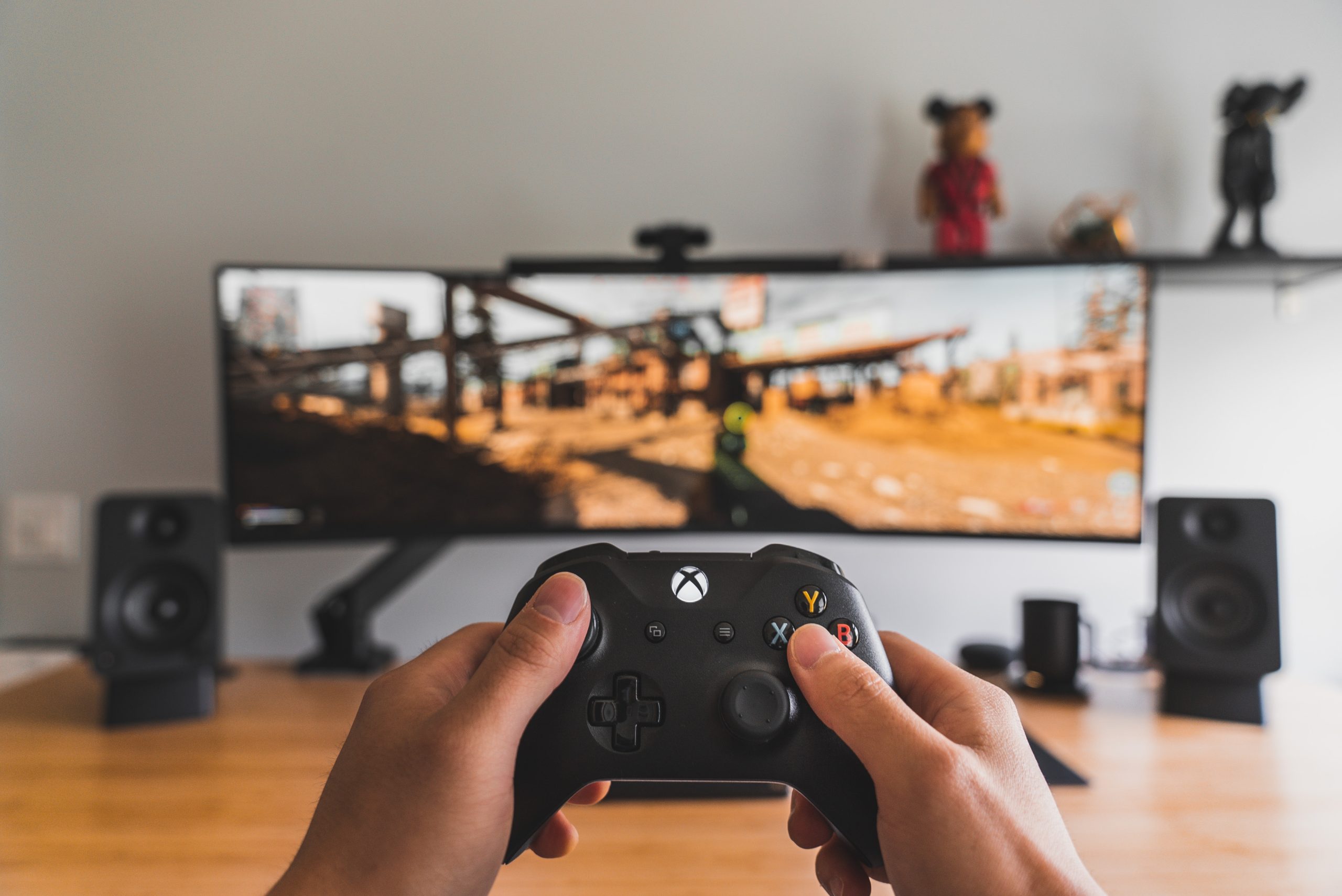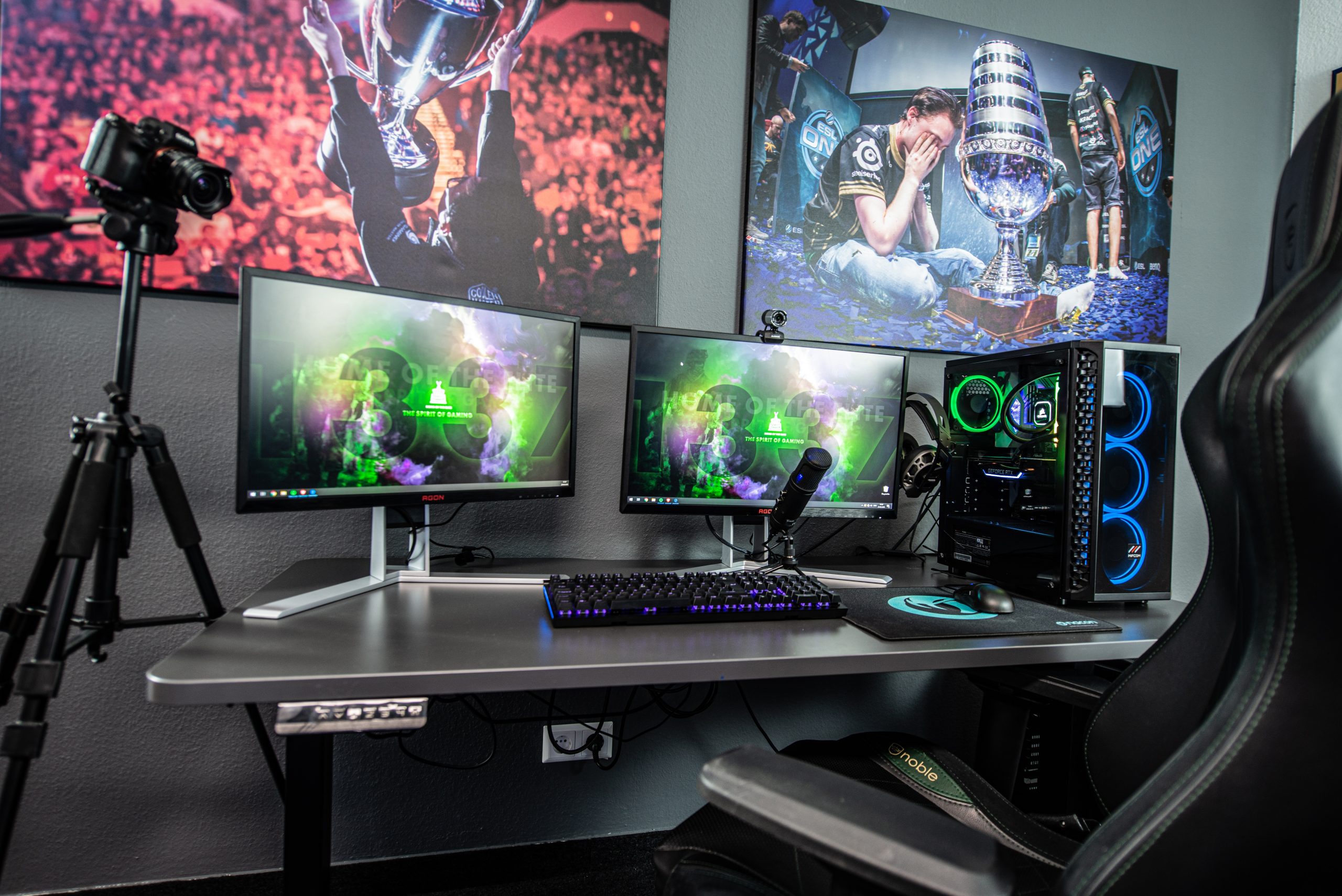For PC gamers, attaining a seamless and captivating gaming encounter heavily relies on achieving high frame rates (fps). Frame rate denotes the number of images your graphics card can generate and exhibit on your monitor each second.
Elevated frame rates lead to sleeker visuals, quicker response times, and a notable competitive edge in fast-paced games. Nonetheless, sustaining optimal frame rates can pose a challenge, particularly with visually demanding titles.
This guide empowers you with the expertise and tactics to fine-tune your PC for supreme performance and unleash the complete potential of your gaming escapades. Here’s your blueprint to smoother gameplay and those sought-after high frame rates, along with some insights into enjoying your favorite games.

Meanwhile, if playing blackjack excites you, you may want to check out some blackjack strategy to win big in your next trial. That said, let’s dig in…
Unveiling the Bottlenecks: Identifying Performance Limitations
Before diving into optimization, it’s crucial to identify potential bottlenecks hindering your PC’s performance. A bottleneck is a hardware component limiting the overall performance of your system. Common culprits include:
- Graphics Processing Unit (GPU): The GPU is responsible for rendering game visuals. If your GPU is outdated or underpowered for the games you play, it might be the bottleneck limiting your frame rates.
- Central Processing Unit (CPU): The CPU handles various tasks, including game logic and physics simulation. If your CPU is struggling to keep up with the demands of the game, it can bottleneck the GPU and impact frame rates.
- Random Access Memory (RAM): RAM provides temporary storage for game data. Insufficient RAM can lead to data swapping with your hard drive, causing stuttering and frame rate drops.
Several tools can help you identify bottlenecks. Hardware monitoring software like MSI Afterburner or HWMonitor displays real-time CPU, GPU, and RAM usage while you play. These tools allow you to pinpoint which component is reaching its maximum capacity, highlighting the bottleneck.
Optimizing Your Software Environment: Unleashing Hidden Potential
Once you’ve identified bottlenecks, let’s explore software-based optimizations to squeeze out every bit of performance:
- Update Your Drivers: Outdated graphics card drivers can significantly impact performance. Ensure you have the latest drivers installed for your GPU (NVIDIA or AMD) and any other relevant hardware components.
- Adjust In-Game Settings: Most games offer extensive graphics settings menus. Experiment with these settings to find the optimal balance between visual fidelity and performance. Consider lowering settings like resolution, anti-aliasing, and shadows to achieve higher frame rates.
- Tweak Windows Settings: Optimize your Windows 10/11 settings for gaming. Disable non-essential background processes and unnecessary startup programs. Enable “Game Mode” in Windows settings to prioritize game performance when running resource-intensive titles.
- Close Background Applications: Running unnecessary background applications like web browsers or video streaming services can consume valuable system resources. Closing these applications can free up RAM and processing power, potentially boosting frame rates.
- Consider Overclocking (Optional): Overclocking refers to pushing your CPU or GPU to run at a higher clock speed than its default settings. This can offer performance gains, but it should be done with caution, as it can generate additional heat and potentially lead to instability if not done correctly. Thorough research and proper cooling solutions are essential before attempting to overclock your hardware.

Hardware Considerations: Upgrading for a Smoother Experience
If software optimizations are insufficient, hardware upgrades might be necessary to achieve your desired frame rates:
- Upgrade Your GPU: If your GPU is the bottleneck, consider upgrading to a more powerful graphics card. Research GPUs that are compatible with your system and suited to your budget and desired performance level.
- Upgrade Your CPU: In some cases, the CPU might be the bottleneck. Upgrading to a newer, faster CPU can significantly improve frame rates, especially in CPU-intensive games. Ensure your motherboard supports the new CPU you choose.
- Increase RAM: Insufficient RAM can lead to stuttering and performance issues. If your RAM usage is consistently high while gaming, consider upgrading to a higher-capacity RAM kit. Ensure your motherboard supports the type and speed of RAM you choose.
Note: Upgrading hardware can be expensive. Carefully analyze your budget and research the best bang-for-the-buck options before making a decision.
Beyond Hardware and Software: Maintaining Optimal Performance
Regular maintenance is crucial for sustained performance:
- Maintain System Cleanliness: Dust buildup inside your PC can impact airflow and cooling efficiency. Regularly clean your computer case and components with compressed air to prevent overheating and performance throttling.
- Ensure Proper Cooling: Heat is the enemy of performance. Ensure your PC has adequate cooling and good airflow. Consider upgrading your CPU cooler if it’s inadequate for your overclocked processor.
Conclusion: The Journey to Smoother Gameplay
Optimizing your PC for high frame rates is an ongoing process. By identifying bottlenecks, optimizing software settings, and considering hardware upgrades when necessary, you can unlock the full potential of your gaming rig. Remember, the “best” settings and hardware depend on your budget and desired level of performance.
Experiment, research, and fine-tune your PC to achieve the smoothest, most immersive gaming experience possible. With these strategies in your arsenal, you’ll be well on your way to dominating the competition and leaving lag in the dust. So, fire up your game, crank up the graphics (within reason!), and enjoy the high-octane world of high frame-rate gaming!
